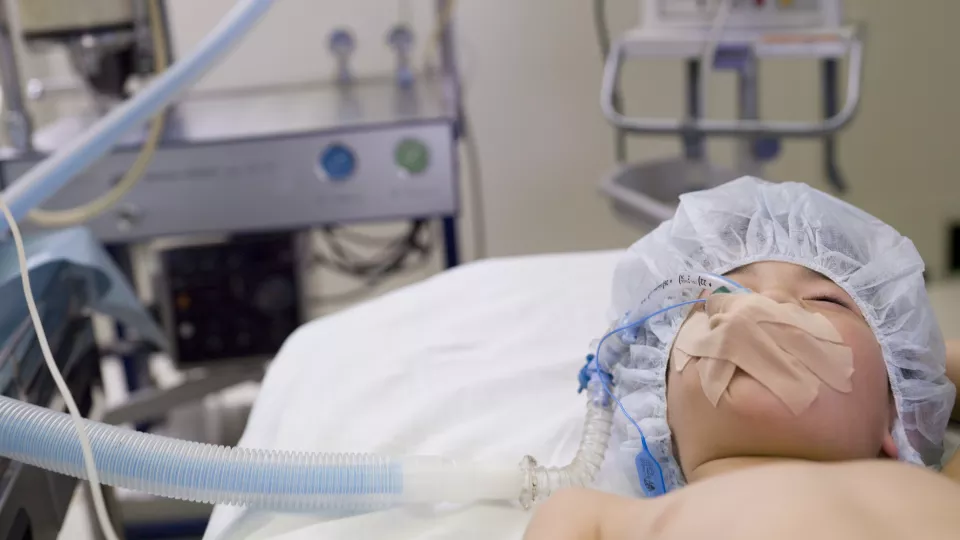
CHLA Researchers Conduct First-of-Its-Kind Review of Anesthesia Exposure’s Impact on Childhood Brain Development

Anesthesia makes it possible for infants and children to undergo medical procedures and surgeries that save or improve the quality of their lives. Some children must receive anesthesia multiple times while very young. While anesthesia is an essential tool, it may also disrupt the developing brain, leading to later cognitive and behavioral issues. Accumulating evidence from in vitro, animal and human clinical trials suggests that anesthesia can harm children’s brains and neurological development. But because of varying study designs, no consensus yet exists on the level of anesthesia exposure risk that could translate into practical guidance for clinicians on how to balance its risks against its benefits.
Faculty Researcher Matthew Borzage, PhD, and Bradley Peterson, MD, Director of the Brain Imaging Lab at Children’s Hospital Los Angeles, reviewed the existing preclinical evidence to relate the findings to recent clinical, real-world trials in humans.
“The effects of multiple exposures to anesthetics evaluated by in vitro or behavioral studies is only beginning to be understood,” says Dr. Borzage, co-author of the 131-study scoping review. “We all want to know how anesthesia impacts the developing brain. We decided the best way to find out was a thorough review of the existing research studies—from cells and animals to humans.”
Deciphering different studies

The researchers used a modified Patient Intervention, Comparison, Outcome (PICO) framework to review studies of anesthesia according to key maturational events in normal brain development. The researchers tried to compare the effects of different drugs and dosages in animal and humans according to equivalent development stage.
They found that exposure to anesthesia alters brain development, changes animal behavior and could impair human neurodevelopment. Both in vitro and animal studies showed that changes in brain development associated with anesthesia exposure occurred across multiple studies with very different experimental designs.
Still more questions
In humans, the literature showed the strongest evidence for neurotoxic effects when children had multiple exposures. The impacts were highest in the domains of attention and disruptive behaviors, and possibly executive functioning, memory, motor skills and language abilities. Most children exposed to anesthesia (71%) receive multiple exposures by the age of 6.
“This review unequivocally showed that anesthetics cause neurotoxicity, at least in rodents,” says Dr. Borzage. “Further research is needed to evaluate the implications of both single and multiple exposures, and monitor pain, stress and physiological changes during and after surgery.”
The review was published in Anesthesia & Analgesia.


